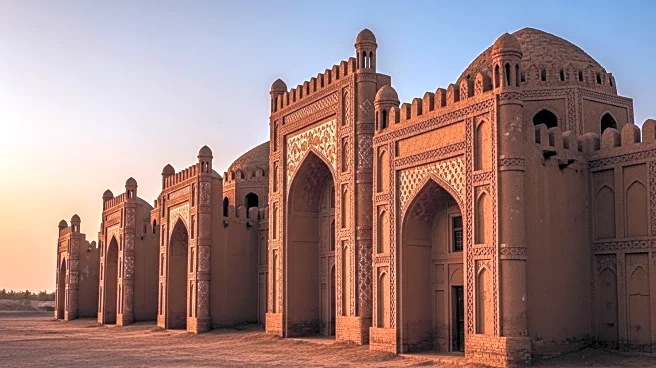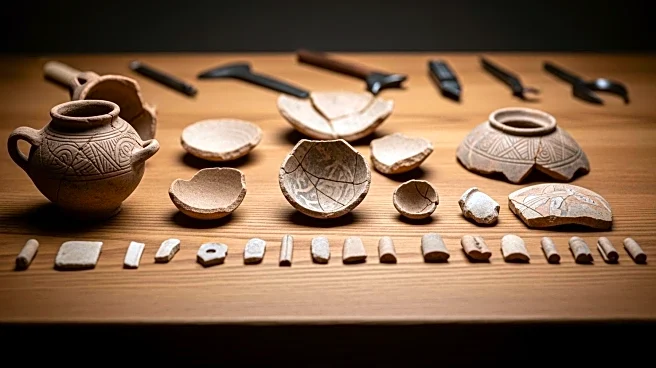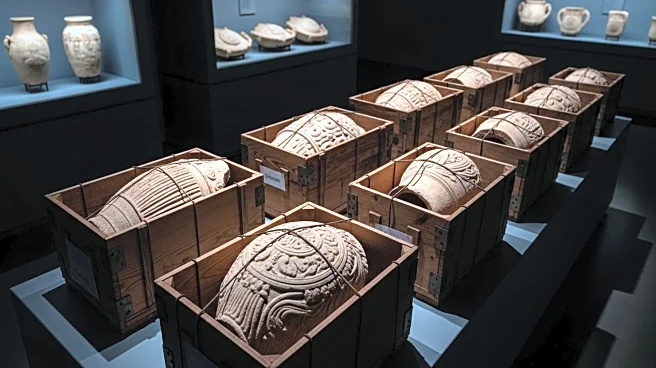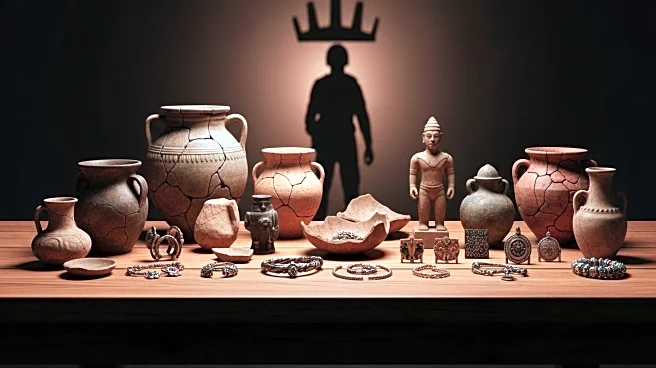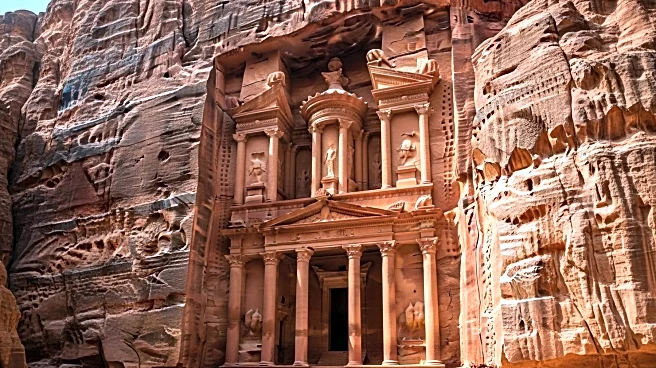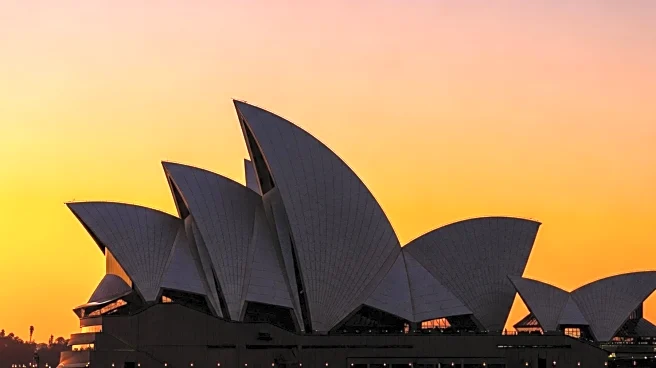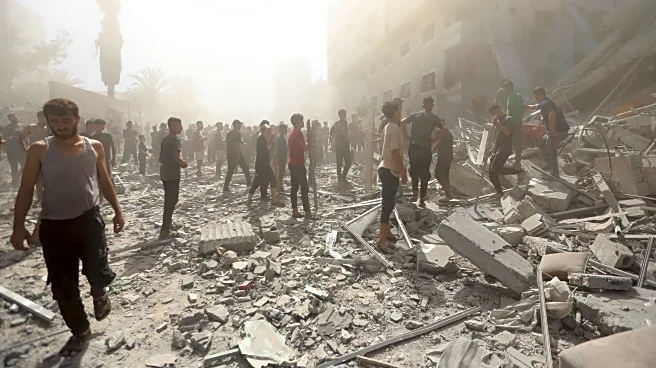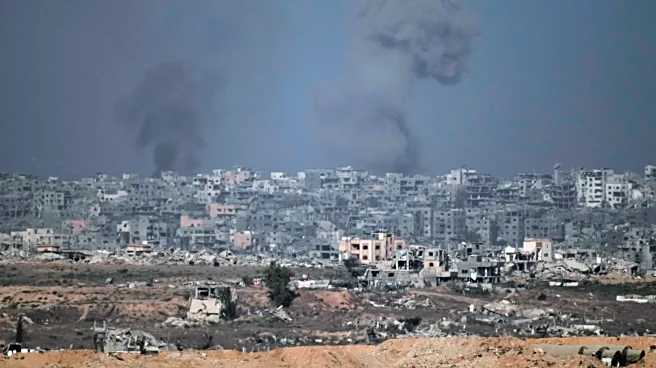What's Happening?
In Tarim, Yemen, the demolition of historic mud-brick palaces has sparked outrage among locals and preservationists. The palaces, known for their unique architecture combining Yemeni Hadrami and Southeast Asian influences, have been neglected due to years of war and lack of government support. The most prominent of these, Abdul Rahman Bin Sheikh al-Kaf's palace, was recently demolished, leading to public outcry. Mohammed al-Kaf, the palace's owner, criticized the government for not providing funds for repairs, while Ahmed Bahamalah from the General Authority for Antiquities and Museums acknowledged the crisis, citing limited resources for preservation efforts.
Why It's Important?
The demolition of these palaces represents a significant loss of cultural heritage for Yemen, particularly in Tarim, a city recognized for its historical and architectural significance. The destruction of these sites not only erases physical landmarks but also diminishes the cultural identity and history of the region. The palaces were once a testament to the city's rich past and its role as a center of Sufi Islam. The loss impacts tourism potential and cultural education, depriving future generations of understanding their heritage.
What's Next?
Efforts to preserve remaining structures are critical, as further demolitions could lead to the complete erasure of Tarim's historical identity. Advocacy for international support and funding may be necessary to protect these sites. The inclusion of Tarim on Yemen's UNESCO world heritage tentative list could provide a pathway for preservation, but immediate action is needed to prevent further loss.
Beyond the Headlines
The situation highlights broader issues of cultural preservation in conflict zones, where historical sites often suffer from neglect and destruction. It raises ethical questions about the responsibility of governments and international bodies in safeguarding cultural heritage, especially in regions affected by prolonged conflict.

